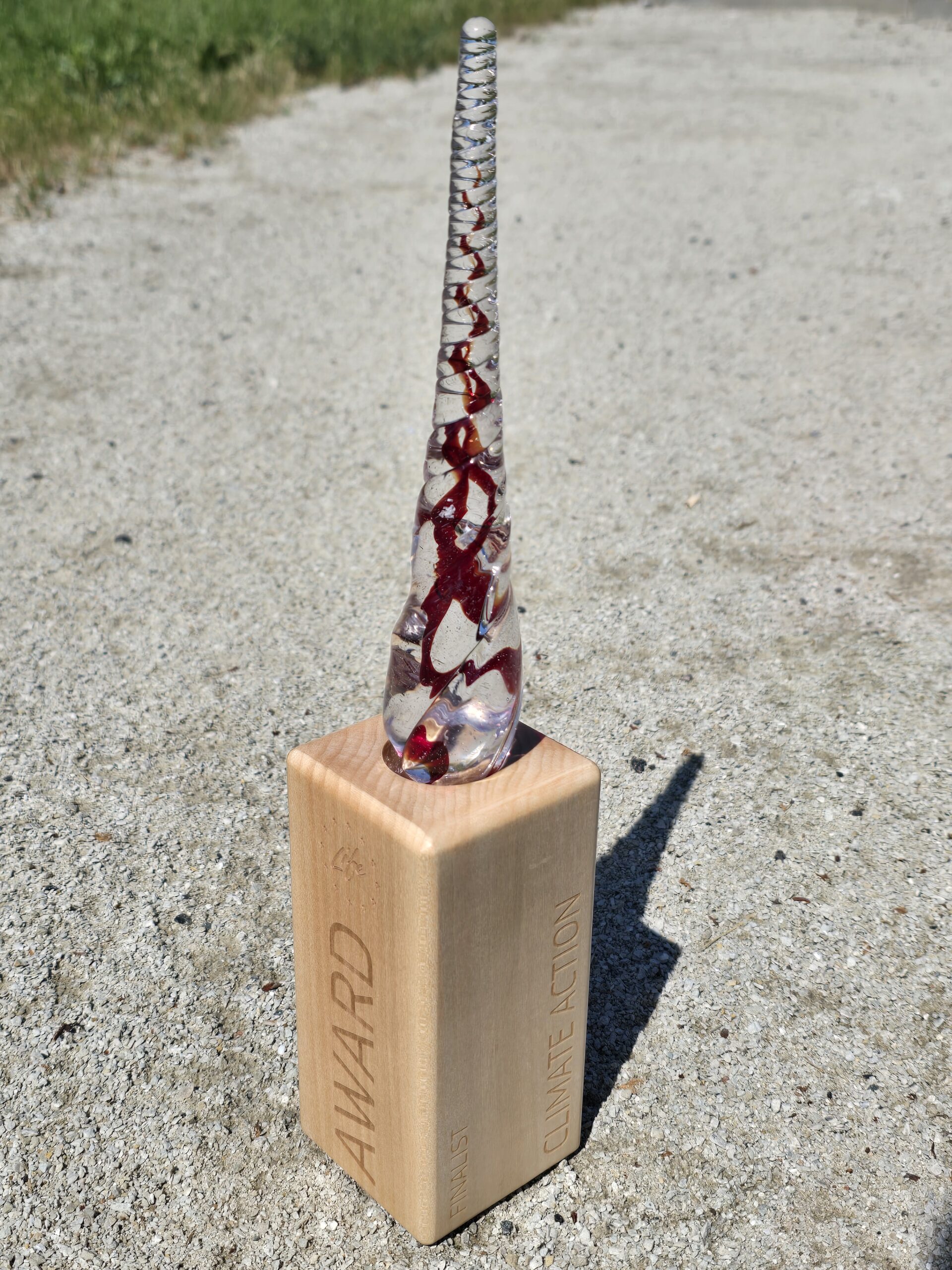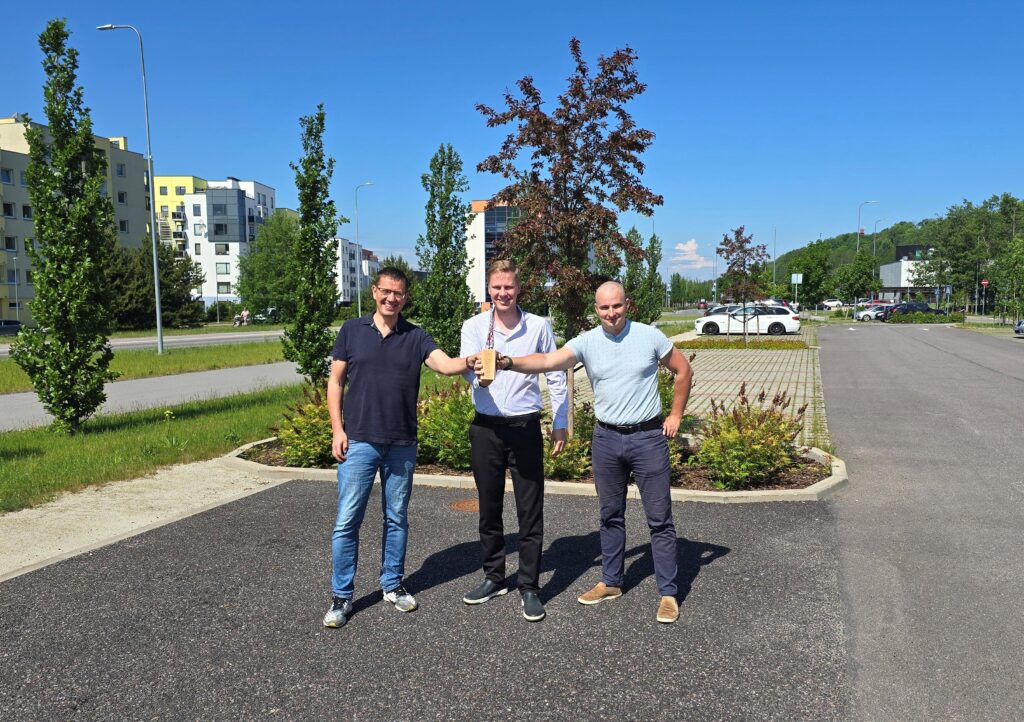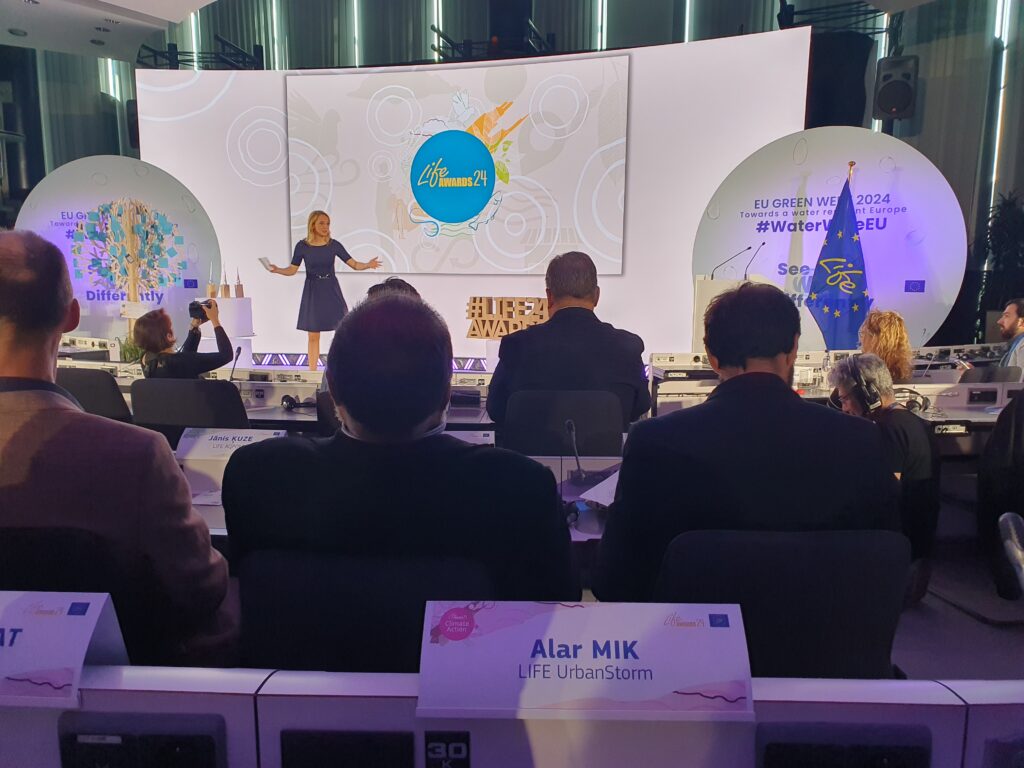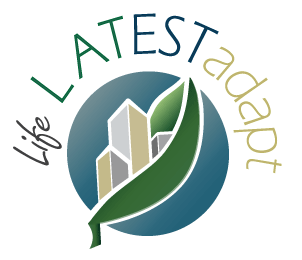
At the end of the month of May, as part of the Water Aware Europe movement, a European Green Week focused on water as a resource. The week was rounded off with an international LIFE project recognition gala, where Viimsi’s LIFE UrbanStorm project received a prestigious award from the European Commission.
Viimsi Municipality was represented at the European Green Week events by Deputy Mayor Alar Mik, at the invitation of the European Commission. The focus of the Green Week was on the use of water resources – the sustainable use of drinking water, rainwater harvesting and water management policies were discussed.
“In Europe, the issue of water resources is more topical and serious than here in Viimsi – no one thinks of watering the lawn with drinking water in the dry season, water use is restricted on certain days and this is unfortunately becoming more and more common. There was also talk of cleaning up water bodies and conserving any water resources, and that water is our common asset that needs to be protected,” said Alar Mik.
Green Week ended with a gala to recognise LIFE projects. In total, nine different projects from all over Europe were invited to the Gala. The winning projects will be selected by a jury and this type of recognition has been taking place since 2006. The finalists were divided between three programmes: Climate, Nature and Circular Economy and Quality of Life. Viimsi municipality’s LIFE UrbanStorm project was nominated in the climate category. In addition to Viimsi, projects from the Czech Republic and France were nominated for the top prize in the climate field. However, the Czech Republic won the LIFE Award for Climate Action this year. Estonian and French projects were recognised for reaching the finals with the LIFE Programme’s “LIFE Award”, an award made of recycled glass and wood.
Within the LIFE UrbanStorm project, a development plan for climate change adaptation in Viimsi municipality was prepared and several important stormwater saving solutions were built, including a natural stormwater system at Karulaugu tee 16 in Haabneeme and in Viimsi Manor Park.
Alar Mik pointed out that reaching the finals is a great honour and recognition for the work done in Viimsi in the field of rainwater conservation. “The LIFE programme funds well over 100 projects a year, and to make it among the three climate project finalists is an achievement we can be proud of.” According to Miku, the recognition received from the European Commission will certainly give us the motivation to continue and write even more interesting projects. “I am grateful to our partners, the main team of Viimsi municipality, Taavi Valgmäe, Siim Reinla and Tanel Mätlik. Special thanks go to the LIFE programme, which gave Viimsi municipality the opportunity to lead this project,” said the Deputy Mayor.
Viimsi municipality is already taking the next steps in adapting to climate change. For example, by 2025, the second LIFE project LATESTadapt will include the construction of a smart rainwater harvesting reservoir with a sustainable rainwater harvesting solution at the intersection of Mereranna tee and Randvere tee in Haabneeme, in the green area of the Mereranna tee L4 property.
The LIFE programme is the European Union’s financial instrument for the environment and climate action. The programme has been in operation since 1992 and has co-financed more than 6,000 projects across the European Union and in other countries. The European Commission has increased LIFE funding by almost 60 percent between 2021 and 2027, to €5.4 billion. LIFE has four sub-programmes: nature and biodiversity, circular economy and quality of life, climate change mitigation and adaptation, and clean energy transition.





